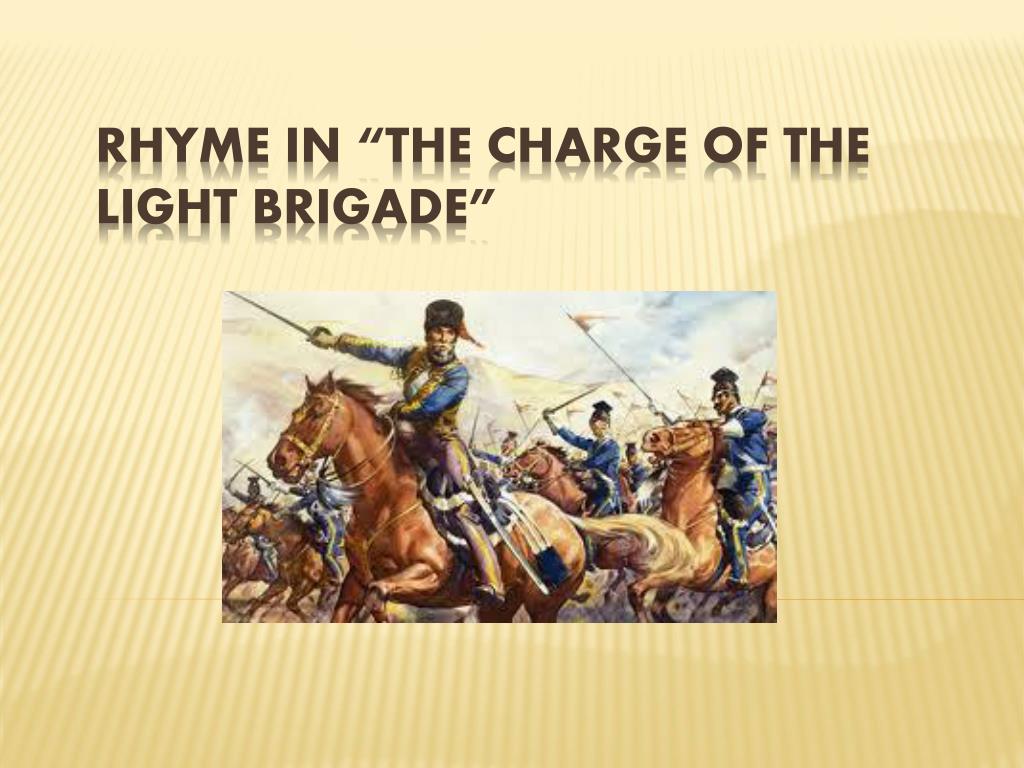
But George Bingham, the earl of Lucan, who commanded the cavalry, thought he wanted them to attack together. Lord Raglan expected the cavalrymen to move immediately, with the infantry to come later. He ordered the cavalry, consisting of both the Heavy and Light brigades, to advance with infantry support “and take advantage of any opportunity to recover” the lost ground. With Balaclava now safe, Lord Fitzroy Somerset Raglan, the British commander-in-chief in Crimea, turned his attention back to the Causeway Heights, where he believed the Russians were attempting to make off with some of his artillery guns.

But they failed to progress any further thanks to a regiment of Scottish highlanders and the Heavy Brigade, each of which repelled a Russian advance. That morning, having forced Ottoman troops to abandon four defensive redoubts, they were able to occupy the Causeway Heights just outside town. After holding out for eight days, they tried to break the siege with a dawn attack on Britain’s supply base in the nearby fishing village of Balaclava. By that time, however, the Russians had significantly strengthened their defenses. They then commenced a roundabout march to Sevastopol, where they spent two-and-a-half weeks digging trenches and lugging artillery into position prior to initiating a bombardment of the city on October 17. Nonetheless, the British and French defeated the Russians in their first run-in near the Alma River, causing a panicked retreat with the help of their long-range Minié rifles. To make matters worse, a cholera outbreak erupted. They moreover lacked accurate maps, had little idea how many Russian troops opposed them and flouted the dietary restrictions of the Muslim Ottoman soldiers within their ranks. Believing the conflict would be over quickly, they brought neither winter clothing nor medical supplies. Due to stormy weather, it took five days for them to fully disembark. On September 13, 1854, a joint allied force of over 60,000 troops sailed into Kalamita Bay, about 33 miles north of their objective. Rather than declare victory, however, Britain and France decided to punitively target the Russian naval base in Sevastopol, located on the Crimean Peninsula. With Austria likewise threatening to jump into the fray, Nicholas withdrew from Romania. Meanwhile, in March 1854, Britain and France declared war and immediately bombarded the then-Russian city of Odessa. But although Nicholas referred to the declining Ottoman Empire as the “sick man of Europe,” his land forces made little progress in their push south, underscored by the failed siege of a fortress in present-day Bulgaria. Unnerved by this expansionism, Britain and France sent their own warships to the area and vowed to defend Ottoman sovereignty.įighting officially broke out in October 1853, and the following month the Russians decimated the Ottoman fleet in a surprise attack.


The czar also purportedly had his eyes on Constantinople, the Ottoman capital, which if taken would give his navy unfettered access to the Mediterranean Sea. Upon being rejected, he then sent his army, the largest in the world, to occupy two Ottoman principalities in present-day Romania. Following one such violent squabble in 1852, Czar Nicholas I of Russia, a self-proclaimed defender of Orthodox Christianity, demanded the right to exercise protection over the Ottoman Empire’s millions of Christian subjects. It got its start in and around Jerusalem, then part of the Ottoman Empire, where Orthodox Christian and Catholic monks had been engaging in fierce, sometimes deadly brawls for years over who would control various holy sites. A major conflict of the 19th century, the Crimean War claimed at least 500,000 lives and had a profound impact on such renowned personalities as British nurse Florence Nightingale and Russian author Leo Tolstoy.


 0 kommentar(er)
0 kommentar(er)
